What Types of AC Centrifugal Fans Are Available?
What Types of AC Centrifugal Fans Are Available?
We offer a comprehensive range of AC centrifugal fans, each engineered with distinct blade geometries and inlet configurations to meet diverse system demands in airflow, pressure, noise, and installation constraints. Understanding the characteristics of each fan type helps ensure optimal performance, energy efficiency, and long-term reliability in your specific application.
1. Forward-Curved Blade Fans
Performance Characteristics:
- Designed for high airflow (CFM) at low static pressure.
- Operate at lower rotational speeds, resulting in quiet performance.
Ideal Applications:
- Commonly used in HVAC systems, air handling units (AHUs), fan coil units, and residential or commercial ventilation systems.
- Excellent for environments where space is limited and low noise levels are a priority.
Key Benefits:
- Compact size and lower noise output.
- Efficient for constant-speed, low-pressure air circulation needs.
2. Backward-Curved Blade Fans
Performance Characteristics:
- Deliver higher static pressure with improved aerodynamic efficiency.
- Self-cleaning blade geometry reduces dust buildup, minimizing maintenance needs.
Ideal Applications:
- Well-suited for industrial ventilation, filtered ductwork, process cooling, and HVAC systems with longer or more restrictive ducts.
Key Benefits:
- More energy-efficient than forward-curved fans, especially in variable-speed systems.
Capable of handling moderate to high system resistance while maintaining airflow stability.
3. Radial Blade Fans
Performance Characteristics:
- Features a straight, open blade design capable of handling high particulate loads.
- Constructed for robustness and durability in abrasive or heavy-duty environments.
Ideal Applications:
- Widely used in dust collection systems, material handling, conveying systems, and processes involving dirty or particulate-laden air.
Key Benefits:
- Reliable operation in harsh conditions.
Minimal clogging risk, making them perfect for continuous industrial operations.
4. Airfoil Blade Fans
Performance Characteristics:
- Blades are aerodynamically shaped like aircraft wings for maximum airflow with minimal resistance.
- Operate with lower noise levels and higher energy efficiency.
Ideal Applications:
- Recommended for premium HVAC systems, cleanroom ventilation, laboratories, and any environment requiring quiet, energy-conscious airflow.
Key Benefits:
- Superior efficiency-to-noise ratio.
Ideal for LEED-certified projects or sustainability-focused installations.
5. Inlet Configurations: Single vs. Double Inlet
- Single Inlet Fans: Air enters from one side only. These models are compact, easy to install, and typically used in tight spaces or smaller enclosures.
Double Inlet Fans: Air enters from both sides of the impeller, enabling higher capacity and balanced airflow. Common in large air handling units and centralized ventilation systems.
Selecting the Right Fan for Your Application
Each fan configuration is engineered to align with key system requirements, including:
- Airflow volume (CFM)
- Static pressure (Pa/inWG)
- Noise level targets (dBA)
- Space limitations and mounting orientation
Our engineering team works closely with customers to recommend the optimal fan model and customization options—ensuring precise integration with your system's performance criteria.
Not sure which fan type fits your needs?
Contact our technical sales team for application-specific recommendations, performance
curve evaluations, and CAD model support.


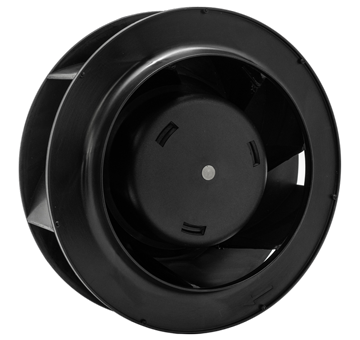
.png)
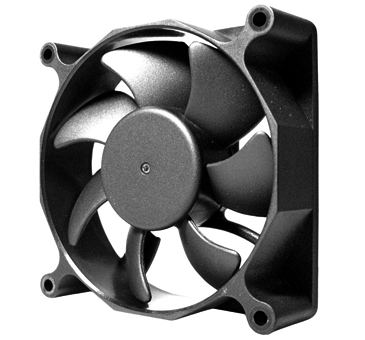
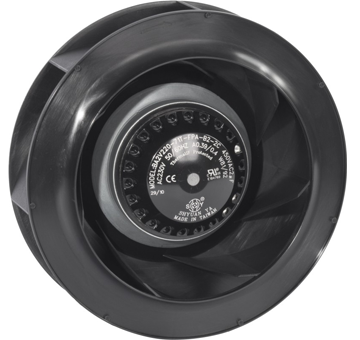
.jpg)
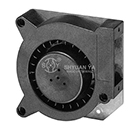
.jpg)
_top.jpg)
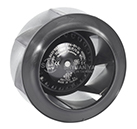
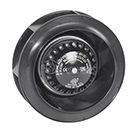
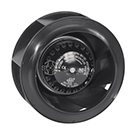
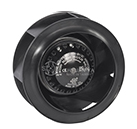
.jpg)
.jpg)
.jpg)
.jpg)
.jpg)
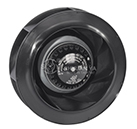
.jpg)
.jpg)
.jpg)
.jpg)
.jpg)
.jpg)
.jpg)
.jpg)
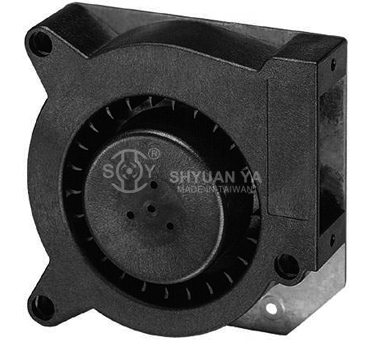
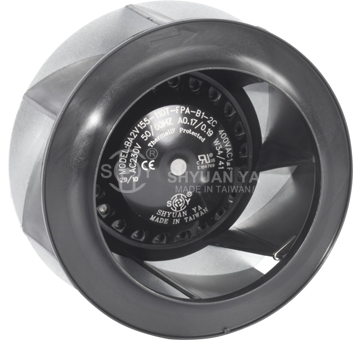
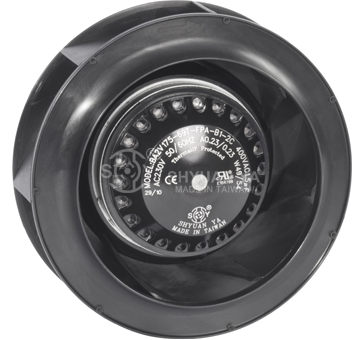
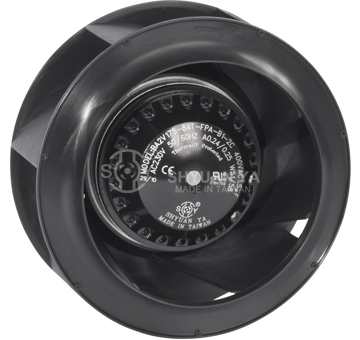
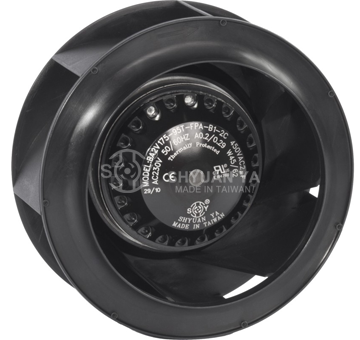
.jpg)
.jpg)
.jpg)
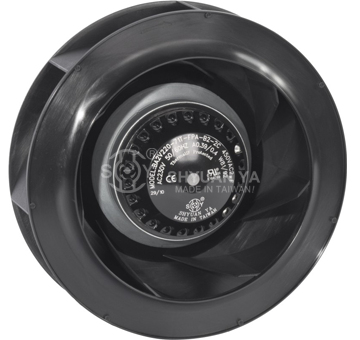
.jpg)
.jpg)
.jpg)
.jpg)
.jpg)
.jpg)
.jpg)
.jpg)
.jpg)